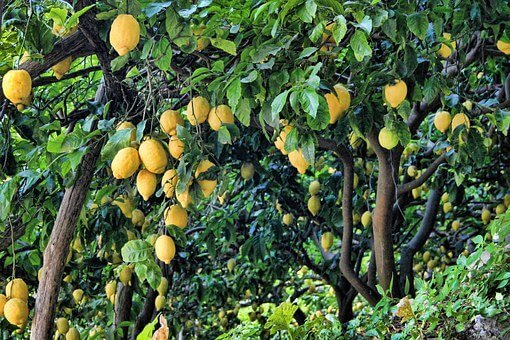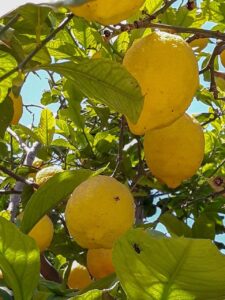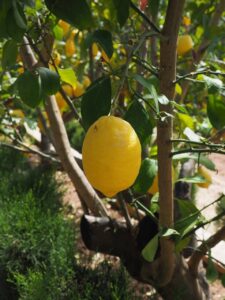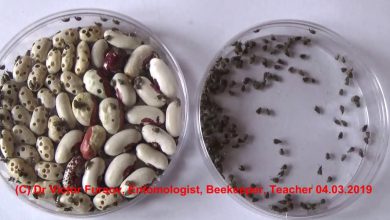Lemon Tree Cuttings: [Grafting, Season, Rooting and Sowing]

 A lemon tree is a high value tree in any garden for the amount of fruit production it generates.
A lemon tree is a high value tree in any garden for the amount of fruit production it generates.
Its reproduction can be done through cuttings without major inconveniences, as long as the appropriate conditions are met.
Due to the characteristics of the plant, the cuttings can be taken from different parts of the tree. The most appropriate to maximize the success of the results is with the suckers that are born from the base of the mother plant because they usually include a little root.
But since we know that you want to know all the details step by step, then we leave you the most complete information you can find.
With what other plants or trees can we graft the lemon tree cutting?
What is the best time to plant lemon tree cuttings?
And it is just from there where we will extract the cuttings to proceed to multiply.
How to get lemon cuttings to root correctly?
 The lemon tree cuttings will be better developed in a pot in the first instance, which you will prepare with a mixture of peat and common sand.
The lemon tree cuttings will be better developed in a pot in the first instance, which you will prepare with a mixture of peat and common sand.
Both elements will provide stability, at the same time that they will prevent the irrigation water from producing puddles.
However, it is necessary to note that lemon tree cuttings need a high concentration of moisture to thrive properly.
Dip the cuttings in a rooting hormone , if you have it available. Its use will help speed up the process but it is not essential. After preparing the pot, it will be time to introduce the cuttings, ensuring that the bottom does not touch the base of the pot.
Open the hole where you will bury the cutting and place it carefully, especially if it has some small roots. Water with plenty of water and place the pot in a ventilated, cool space where it receives indirect light for several hours each day.
To conserve humidity, the pot can be covered with a plastic material. It needs to be lifted every 2 days to allow air to circulate. This action is especially essential on hottest days, which is when irrigation water tends to evaporate quickly.
How should we take the lemon tree cuttings to plant them?
 The lemon tree cuttings will be taken from the youngest branches of the plant. These are ideal because they don’t have a very strong structure yet and that makes it easier for them to create new roots.
The lemon tree cuttings will be taken from the youngest branches of the plant. These are ideal because they don’t have a very strong structure yet and that makes it easier for them to create new roots.
Normally these branches already have leaves, so it will be necessary to remove most of these, leaving 2 or 3 in the highest part.
As for the length, the most suitable is between 20 and 25 centimeters. The best thing is that these types of branches can be obtained when the annual lemon tree pruning is carried out. In this way, you will avoid causing extra wounds for which you will have to direct your energy.
How long should we leave the lemon tree cuttings in water?
Is it convenient to use compost or compost?
 Yes, as in the case of other fruit trees, the incorporation of organic matter will be very beneficial for its growth and subsequent harvest.
Yes, as in the case of other fruit trees, the incorporation of organic matter will be very beneficial for its growth and subsequent harvest.
It does not have to be a special compost, with a little homemade compost or organic matter such as manure is more than enough.
When the production of fruits begins, the adjustments that are necessary according to the fertilizations will be made.
How long does it usually take for a lemon tree cutting to come out?
 The lemon tree is a species that takes the longest to develop, so it is quite possible that it takes up to 3 months to notice any air changes.
The lemon tree is a species that takes the longest to develop, so it is quite possible that it takes up to 3 months to notice any air changes.
This should not be a cause for concern as you are most likely working with concentration on the non-visible part.
The proof will be that if we try to pull the structure of the cutting, it will probably offer us resistance in return. So you have to give it the necessary time before proceeding to perform the transplant to its final site.
Sowing in pots is the most recommended in the early stages because it allows the development of the cuttings to be very controlled. A negative point of this species is that it is quite attractive to microorganisms, so working it in garden soil could leave it very exposed.
If you want to go deeper, you can see: Plant a lemon tree .


![Photo of When to Grow Tulips: [Temperature and Hemisphere]](https://www.complete-gardening.com/wp-content/uploads/2022/08/when-to-grow-tulips-temperature-and-hemisphere-390x220.jpg)

![Photo of Sowing African Violet: [Needs, Substrate, Irrigation and Cultivation]](https://www.complete-gardening.com/wp-content/uploads/2022/08/sowing-african-violet-needs-substrate-irrigation-and-cultivation-390x220.jpg)